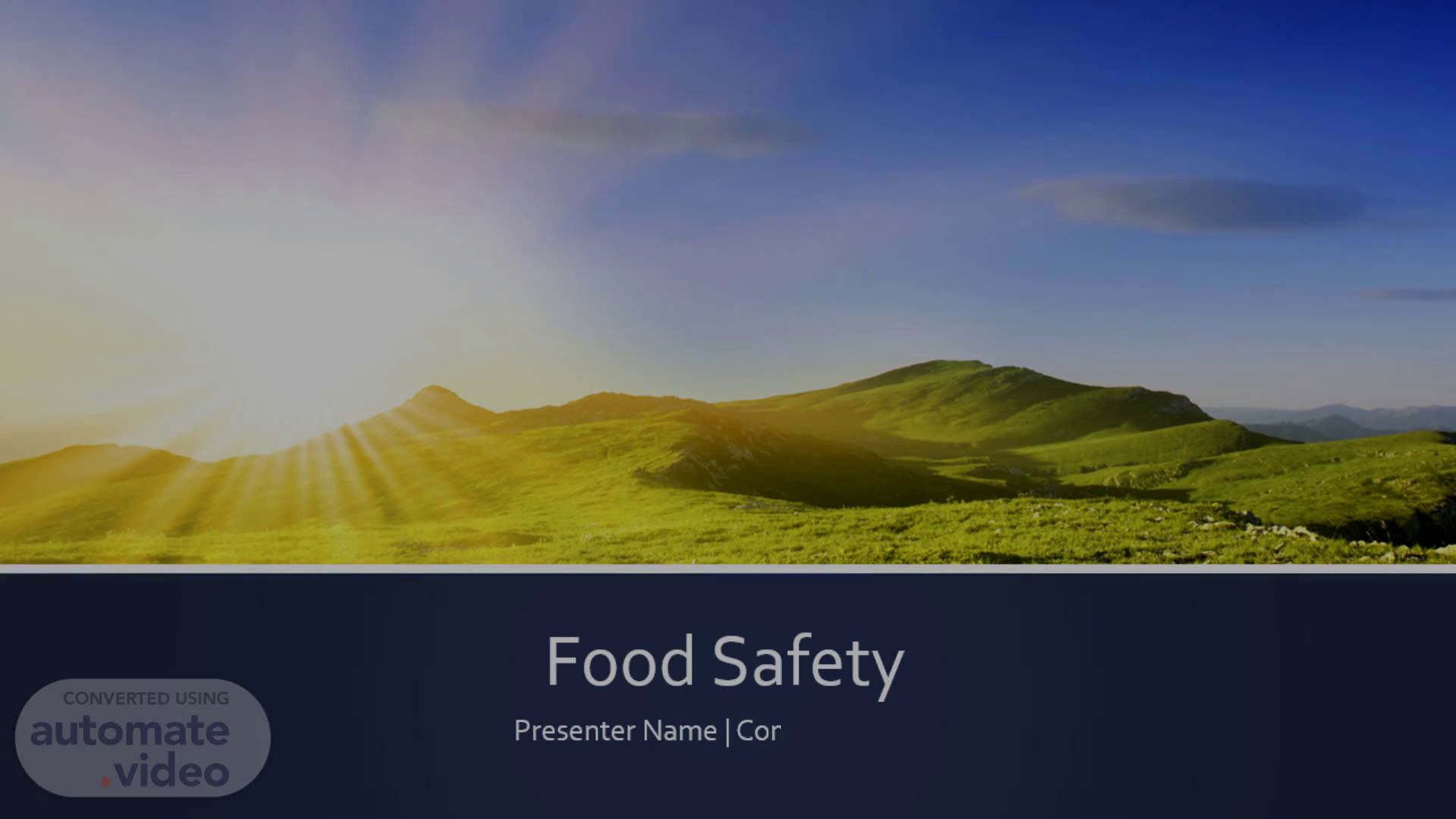Scene 1 (0s)
Food Safety. Presenter Name | Company Name.
Scene 2 (7s)
[Audio] In our previous slide we discussed the importance of food safety. As a continuation we will now dive into the dos and don'ts of properly thawing frozen food. This is an essential part of food safety especially in commercial kitchens. First and foremost always use a refrigerator to thaw frozen food. This is the safest method as it maintains a consistent temperature and prevents the growth of harmful bacteria. If you are short on time and need to thaw your food faster you can also use the cold water method. Simply submerge the frozen food in cold water and remember to change the water every 30 minutes. This ensures that the temperature of the water stays below 40°F which is crucial in preventing bacterial contamination. On the other hand there are certain methods that you should avoid. Never use hot water to thaw frozen food as it can quickly raise the temperature and create an ideal environment for bacteria to grow. Additionally do not leave frozen food out on the counter to thaw as this can result in uneven thawing and increase the risk of foodborne illness. In summary proper thawing of frozen food is crucial in ensuring food safety. Remember to always use the refrigerator or cold water method and avoid using hot water or leaving food out on the counter. Stay informed and practice these dos and don'ts to keep yourself and others safe from food contamination. Thank you for your attention..
